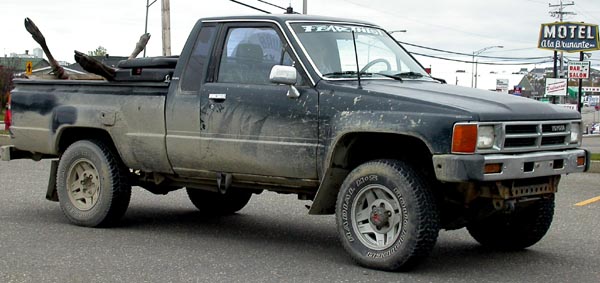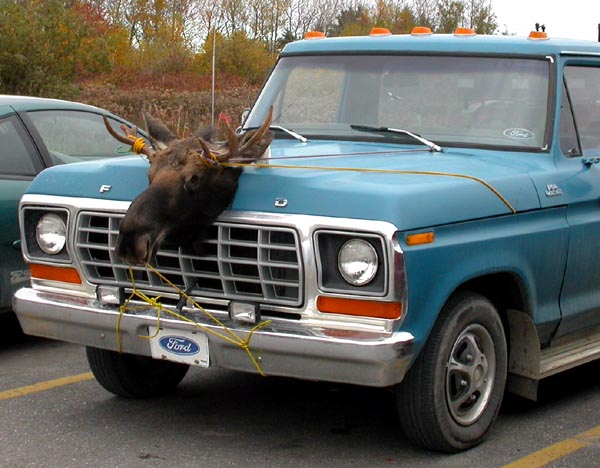Ask us about the wildlife we’ve seen on our travels this fall, and the list is quite lengthy. From chipmunks to crows, squirrels to seagulls, not just these ordinary critters, but some extraordinary ones.
Driving down the highway in Newfoundland, we passed beneath an eagle. He was surfing the air above the road. A bear ambled from the shoulder into the woods. In Nova Scotia, a ring-necked pheasant strutted in the ditch beside the road, its jewel-toned plumage startlingly vivid against past-its-prime fall foliage.
In some places, we were overwhelmed by the sheer number of birds. On a chilly Quebec morning, we watched — and listened to — enormous flocks of snow geese migrating down the Saint Lawrence. Cape Saint Mary’s, in Newfoundland, was even more dramatic. There, Barry and I sat alone at sunset, about 60 feet from a huge sea stack, the nesting place of thousands of northern gannets. Youngsters, their dark speckled feathers matching the white-stained black rock, stretched their wings and practiced flying. Adults took off for brief flights — when they returned, couples would “fence” with their beaks, sort of a “Honey, I’m back” greeting. We watched them until it grew too dark to see.
And of course, there are the moose. We’d been warned numerous times not to drive at night, when they are most active. “My son hit one last year,” an older fellow on the ferry told me. “Put its head right through the windshield. On the passenger side, though, so nobody got hurt.” Even the moose, evidently, who walked away unscathed.
Moose are not native to Newfoundland. In the end of the 19th century, someone introduced a couple of them. In the beginning of the 20th century, somebody added about four more. Now there are thousands and thousands, all descended from that original six.
Even restricting our driving to daylight hours, we have seen a few of them. In Maine and Newfoundland, we saw mama cows with calves, gangling oversized creatures. And an occasional solo moose grazing by the roadside. They are impressive, massive animals, weighing up to 1000 pounds.
But on the Gaspe peninsula, there was another kind of moose, and we saw dozens of them. Legs splayed out, head hanging over the edge: Dead moose in the back of a pickup truck. We had arrived at the height of hunting season.
It’s an eerie sight, these huge animals brought down with a gun and winched into the back of a truck. Hearing stories about them walking away after totaling a car makes me think of them as invincible, and I half expect them to shake themselves and jump out of the back of the truck, “You think you can kill me? Ha!” Their dead faces look surprised, as if their last thought was, “Oops! I forgot it was hunting season!”

The eeriest part is what the local hunters do with the heads: They mount them on the grill or hood of the truck as a grisly, lifelike trophy. One car had two heads, one on the grill and one on the hood. I guess it’s their way of getting back at the moose. Instead of worrying about a moose crossing the road and totaling your car, all you have to worry about is the one coming behind you, in your rear view mirror.


I wonder if they eat what they kill? Is there moose meat in the menu up there?
I think that most of them do. In fact, I suspect that the one with the legs sticking up (picture #1) will go to the guy who prepares the meat, and the head will be “left over” and then end up somewhere else. (picture #2?)
We did find Moose on the menu in Newfoundland, and even ate it. Meps had a mooseburger and I had a moose pie.